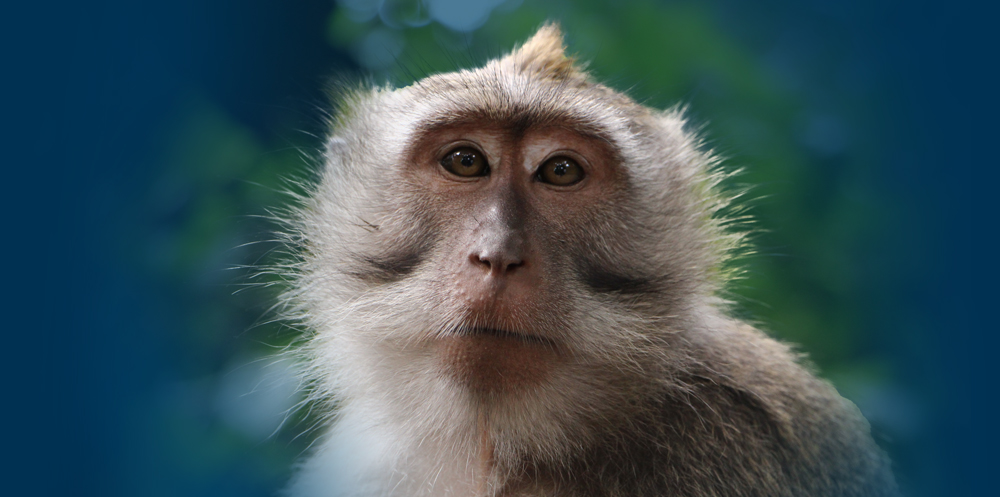 Behind the Primate Trade in Cambodia In the U.S., an enormous demand for primates to use in experiments has greatly contributed to the drastic increase in the sale of monkeys by those who contribute to and profit from animal suffering. Monkey farms in Cambodia are exporting thousands of long-tailed macaques for research use, generating more than $253 million in 2022 alone, according to United Nations Comtrade data. Income from the sale of these macaques increased over 90 percent from 2021 to 2022, and once in the U.S., individual monkeys can be sold for as much as $25,000, according to price forecaster Evercore ISI. Cambodia increased its monkey exports from 10,000 in 2018 to 30,000 in 2019-2020, a marked increase that raised red flags for conservationists. The U.S. Department of Justice (DOJ) is investigating the sale of hundreds of monkeys imported from Cambodia in 2022, alleging that senior Cambodian government officials were involved in a scheme to falsify export permits. The DOJ suspects that they were certifying wild-caught macaques as captive-bred to evade U.S. import restrictions and international treaties on the trade of endangered species. Reported ties between breeders and government officials exacerbate concerns for the animals caught in the middle of this illegal activity. Although the Cambodian government denies any illegal monkey trading, experts say it’s unlikely that all of the country’s exported monkeys were bred in captivity. A study published in the journal One Health reports that Cambodian breeders would have needed to more than quadruple their production rates from nearly 82,000 over a four-year period to 98,000 monkeys in a single year to have legitimately exported the number of captive-bred macaques shipped over the past few years. Clearly, there is significant money to be made at all steps along the monkey supply chain, and as with other wildlife trade, it will continue until the demand is cut off. The U.S. is the largest importer of macaques, and currently there are well over 100,000 primates held in U.S. laboratories. They are often used in highly invasive experiments, including infectious disease testing, developmental and neurological research, and addiction studies. This use continues despite the International Union for Conservation of Nature directly linking animal research to diminishing wild populations, with long-tailed macaques—the most used primates in research—currently listed as endangered. AAVS and other advocates have been calling for an in-depth ethical review that focuses on the terrible price that primates are paying in science, and how to replace these animals with alternatives that provide better, human-relevant information. |
 “Every single university should be developing labs and centres to non-animal models,” said former primate researcher Wojciech Chrzanowskim, who runs the University of Sydney Nano Institute. He and Ph.D. student Thanh Huyen Phan have developed a multicellular lung model using human cells that mimics how the organ works in the body, including immune response. These lungs can be created using patient cells, allowing for personalized treatments.
READ MORE » |
 The National Institutes of Health (NIH) provided $2.2 billion in funding for animal research in foreign labs from 2011 to 2021. Although required to do so, the NIH has not provided proper oversight to ensure the welfare of animals at these labs, according to a report by the Government Accountability Office. The report recommends that the NIH conduct on-site visits or require third-party verification for these labs. Most likely the NIH will rely on third parties, which is not what’s best for the animals.
READ MORE » |